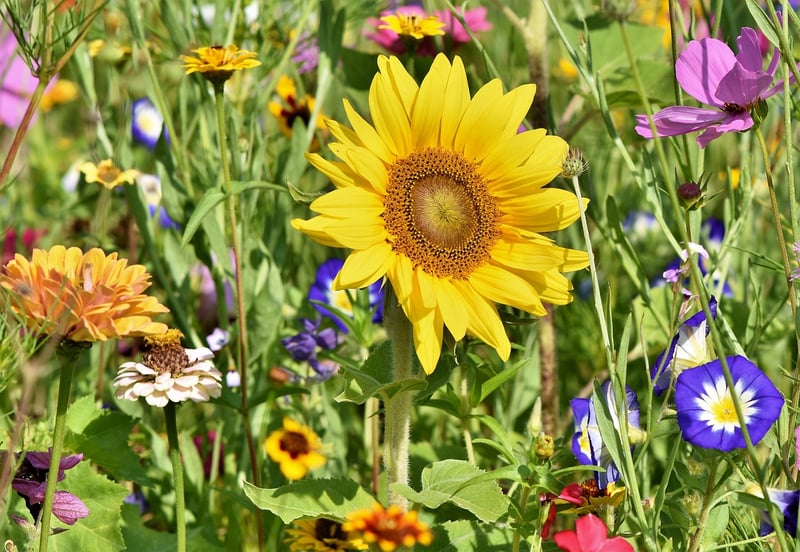Rainwater Harvesting
The Ultimate Guide to Environmentally Friendly Gardening with Rainwater Harvesting
Welcome to the world of environmentally friendly gardening! In this guide, we will explore how you can create a sustainable garden by incorporating rainwater harvesting into your gardening practices.
Benefits of Environmentally Friendly Gardening
Environmentally friendly gardening is not only beneficial for the planet but also for your garden. By adopting eco-friendly practices, you can:
- Reduce water consumption
- Promote biodiversity
- Minimize the use of harmful chemicals
- Conserve energy
- Create a healthy ecosystem
What is Rainwater Harvesting?
Rainwater harvesting is the process of collecting and storing rainwater for later use. This practice helps reduce the demand on mains water supply and can be used for watering plants, washing cars, and even for domestic use with proper filtration.
How to Harvest Rainwater for Your Garden
- Install a rainwater barrel or tank to collect rainwater from your roof.
- Use a rain chain or gutter system to direct water into the barrel.
- Ensure the barrel has a cover to prevent debris and mosquitoes from entering.
- Use the collected rainwater to water your garden, reducing the need for tap water.
Tips for Environmentally Friendly Gardening
- Plant native species that are well-adapted to your local climate.
- Use organic fertilizers and pesticides to avoid harmful chemicals.
- Compost kitchen scraps and yard waste to create nutrient-rich soil.
- Practice water-efficient irrigation techniques such as drip irrigation.
Embrace Sustainable Gardening Practices
By combining environmentally friendly gardening techniques with rainwater harvesting, you can create a sustainable garden that benefits both the environment and your plants. Start small and gradually incorporate more eco-friendly practices to make a positive impact on the planet.
Remember, every drop counts when it comes to water conservation!

For more information on rainwater harvesting and environmentally friendly gardening, check out EPA's Rainwater Harvesting Guide.
